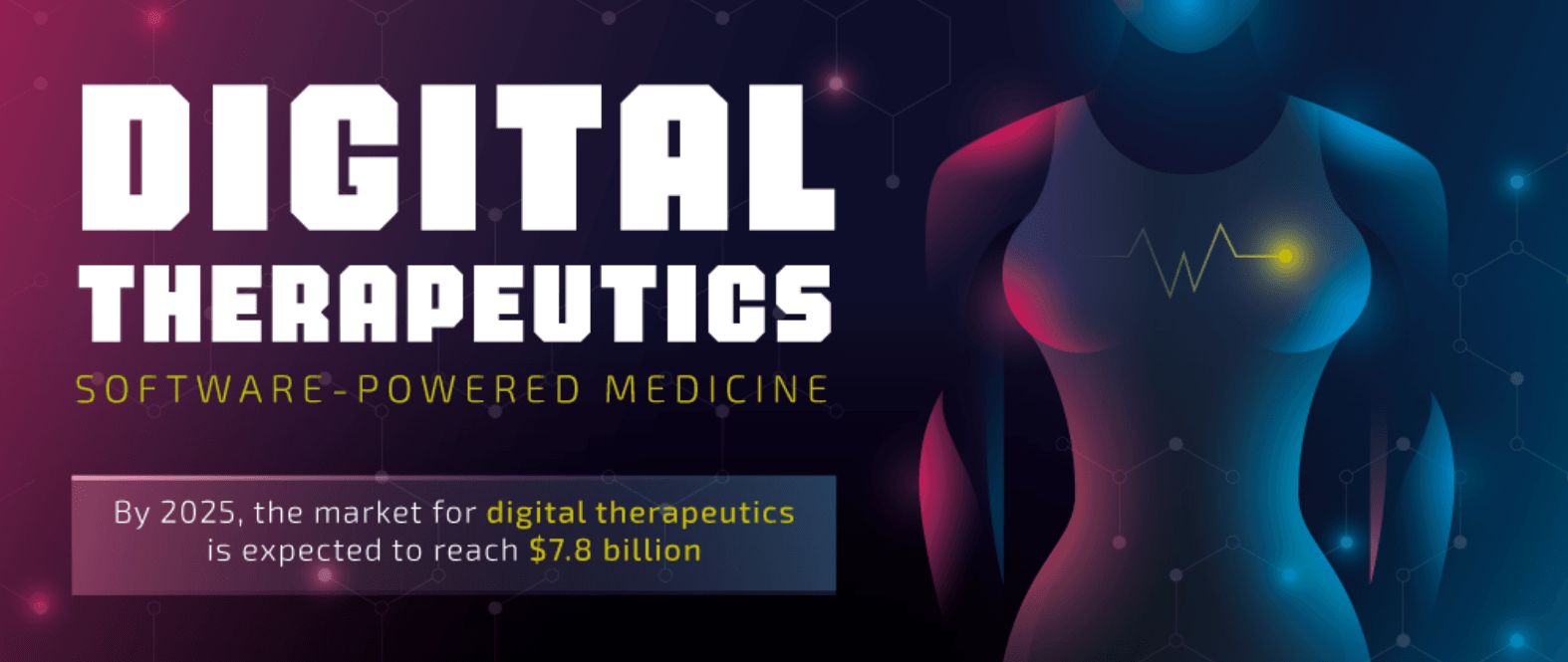By 2025, digital therapeutics are expected to reach a market value of $7.8 billion (this was calculated before the Coronavirus pandemic – it is possible the numbers will increase). Digital therapeutics are technologies that offer treatment for medical conditions, some of which may not respond to conventional treatment options. Sometimes these treatments are used in conjunction with standard treatments in order to enhance efficacy. Many of the treatments are used to treat neurological and psychological issues that typically don’t respond well to mainstream treatments. As technology becomes more advanced, previously untreatable conditions may become more manageable.
Q4 2019 hedge fund letters, conferences and more
Development In Digital Therapeutics
Digital therapies have been used in the treatment of a wide range of issues ranging from diabetes, cardiovascular problems, respiratory problems, obesity, gastrointestinal problems, central nervous system problems, and more. There are apps that have been shown to successfully treat migraines through cognitive behavioral therapy, but that’s not the most exciting development in this type of technology.
Exablate Neuro is a technology that was designed by an Israeli biotech company which treats the symptoms of essential tremors and Parkinson’s disease. The technology uses high intensity ultrasound waves to penetrate through skin and bone to target the point where the tremor is occurring. MRI technology is used to guide the ultrasound waves and a specialized heating and cooling system keeps the patient at the right temperature. The result is a decrease in tremors without tissue damage, less risk of infection, and a shorter recovery time with few side effects.
How Video Games Can Help Neurological Issues
For neurological issues like Multiple Sclerosis, ADHD, autism, Lupus, traumatic brain injuries, and major depression, video games are at the forefront of the digital therapeutic revolution. For everyone, video games can increase hand-eye coordination, working memory, executive functioning, and selective attention. For each different type of neurological condition, gameplay is tailored to help train the skills necessary to cope with the symptoms or alleviate them altogether. The games are designed with biofeedback capabilities to monitor things like heart rate, respiration, temperature, galvanic skin response, eye tracking, sweat, and more. With these readings, the gameplay adjusts to the user’s needs in order to achieve the desired result.
In addition to these exciting digital therapy options, there is more innovation on the horizon. Currently, digital therapy options are being tested to treat addiction and pain management. For addiction treatment, reSET and reSET-O are used to help those in recovery complete outpatient therapy without the need for or in conjunction with expensive and scarce inpatient treatment facilities.
Learn more about the future of digital therapeutics from the infographic below.







